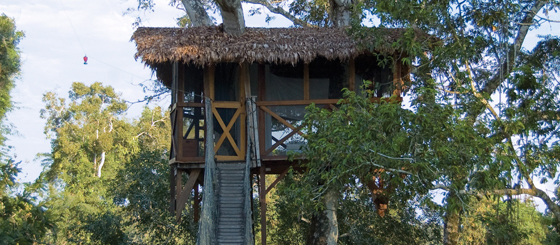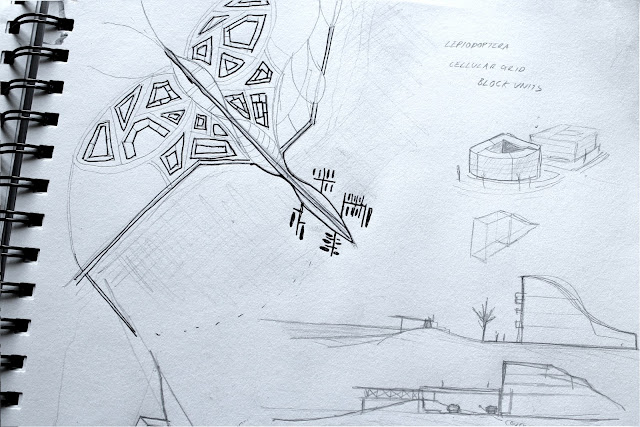Lieutenant Tatiana Preobrajenskaya chewed her lower lip as she reduced the throttle on the победа as its final destination drew closer. The 32,000 tonne Russian freighter under her control was due to dock at London Gateway in less than ten minutes, but the young woman had other designs for the победа, and her window of opportunity was closing.
Ahead of the vessel and just off the starboard bow loomed the island of Canvey. Though in plain view, Tatiana thought it pertinent to bring up a schematic of the island’s southern coast on her display monitor. She managed a thin smile as she considered the schizophrenic imagination behind the master plan for this peculiar corner of the globe. Many years ago funding from the European Union had resulted in the creation of a daring development on the 186 hectare site. The objective had been to create 4,000 new homes along a strip of land lying largely below sea level, principally to accommodate the many workers at Tatiana's ostensible destination, Britain’s largest deepwater container port. The plan was to provide the services and infrastructure essential for the social sustainability of this new community; to furnish the thousands of new residents with spaces to exercise, to play and to consume as well as putting a roof over their heads. Grand in scope and ambition, it had been considered vital for the regeneration of the sluggish regional economy.
That desperation to resolve the economic malaise and return everything to the pre-crash status quo had led to some surprising design decisions slipping past the planning review panel. Tatiana chuckled slightly as the first zone of development came into view. Though the most conventional element within the overall plan it nevertheless demonstrated the ambition of what was to come. Addressing the constraint of the monolithic flood sea-defences by building atop the 1950s sea wall, establishing a new concourse and promenade above the original sea front which now served as a subsurface conduit for vehicular traffic. The exception to this approach had been around Ove Arup’s pavilion, which though dwarfed by the emerging residential structures was re-connected to land and sea by situating it within a sunken bowl, simultaneously referencing the prevailing marine modernism that once characterised the seafront.
The active waterfront engaged in a new dialogue with the tide, a dialogue that was joined not only by residents but also (and for the first time in many years) tourists, too. This dialogue was extended by the extrusion of existing jetties into the water, creating a framework for new landscapes and vertical built form- a theme that would be expanded on deeper within the scheme.
Tatiana observed the density of the urban grain subside somewhat as it encroached upon Thorney Bay, the thin strip of beach so beloved by holidaymakers of the past incorporating a recreational space or perhaps a quick breath of air before once again the fabric intensified. A heterogeneous array of worker’s blocks stretched across the marshland that had once been a vast caravan park, resilient to the apocalyptic waves that were for some indeterminate future date. As with the seafront the organising structure colluded with the existing jetties and interrupted the estuary, though this time with greater gusto, and thousands of tiny vessels cleaved to their vast steel frames, some serving as homes, others as floating farms harvesting either crops or tidal energy.
Converse to the reduction in urban development’s intensity, the structures (an appropriation of existing industrial infrastructure) seemed to multiply. They extended into the waves upon great piers, the thirsty feeding tubes of a swarm of giant metallic insects.
Thoughts of the social insects flitted through Tatiana’s mind as in the distance the greatest of these structures, the Occidental Jetty, stretched along the horizon. The colonist of this new landscape matched the invertebrates in terms of industry and resourcefulness as well as scale: though vast and imposing the success of the settlement depended on the smallest of individual contributions. Nothing was wasted: the very fabric of the colony was hewn from the recycled elements of decaying hulks and abandoned containers- the waste products of the lumbering behemoth that was the gateway, further upriver. Not quite tethered to land or sea, this new city was neither grounded physically nor ideologically. It allowed the ambitions of its denizens to soar without devastating the delicate ecologies of the environment beneath them.
The Occidental colony now in sight, Tatiana drew the победа closer to the island. Beside her the alcoholic Ukrainian Captain grunted, but gave no orders. By the time he realised what the young woman was up to it would be too late.
The young lieutenant beheld the rusting cylinders that had once been liquefied methane tanks. This had once been an active industrial sector and it had taken many years to ameliorate the consequent contamination. Biotopic planting had been used to decontaminate the soil and was succeeded by a gradual phasing of human occupation to replicate the habitat at Canvey Wick, further to the west. There, sporadic forays into the brush by bored youths in stolen cars had prevented the site from reverting to its vestigial state (woodland)... in a controlled emulation of these conditions developers had encouraged the site to be exploited by live action gamers, head-up displays transforming the landscape into a virtual battle ground. The participants in these augmented reality games unwittingly facilitated the creation of the scrubby grassland so beloved by the reptiles, avians and invertebrates found at the neighbouring nature reserves.
When sufficient time had passed the denizens of the walking cities extended their tendrils backward, plugging in to the remaining framework of pumps and cylinders, exploiting the surfaces for food and fuel production. This juxtaposition of old and new, “natural” and artificial stretched to the very fringes of the project. A smattering of low density settlements (marketed as eco-homes) stood on stilts, surrounded by wet marshland and Lammas grazing. Here too the amphibious hives exerted some influence, though the relationship with their land based cousins was at times fractious. Both communities kept a watchful eye on one another.
As the good ship победа approached the great insectoid arm of the jetty it was greeted by a riot of colour, not only in the materials and fittings comprising this entity but also in the kaleidoscopic planting that covered it. The scheme was designed to recreate the terrestrial habitats in order to control pests and pollinate crops.
“What are you doing, Preobrajenskaya?” the Captain exclaimed, “why are you slowing down?”
Tatiana ignored him, surreptitiously activating a nano-alarm in her right pocket.
“What are you doing?” He repeated, “we’re suppose to be heading to Gateway! I order you to get back on course at once!”
She remained resolute. She could not turn back now. Already the Occidental colonists were gathering at the jetty-head, an eclectic array of pirates ushering the vessel towards them.
The Captain placed the barrel of a handgun against Tatiana’s temple. When he spoke his voice was calmer, but simmering with thinly veiled menace:
“Turn the ship around now or I will shoot you and do it myself.”
But she knew it was too late for the Captain to change course. Her crew mates were complicit in the mutiny: alerted by her nano-alarm, they swiftly filled the bridge, side arms all levelled on the Ukrainian Captain. His position untenable, the Captain lowered his weapon and Tatiana exhaled. Calmly, she brought the победа to dock.
Later Tatiana enjoyed a cocktail on the promenade, her gaze torn between two awesome sights. To her left she witnessed the incredible spectacle of the победа being dismantled by a vast team of men and women, stripping the ship not only of its cargo but the every panel and rivet and beam that held it together; to her right her eyes were treated to a sublime view of a chemical sunset lingering over the distant City of London.
She was under no illusions: this would be but a brief moment of respite before the storm that was brewing would hit the colonists. Crucially, this had been her choice. She had chosen a new way of life amongst people that respected her. Her old crew were eager to begin and were already making friends with their new hosts.
The Captain... he belonged to the past, to the cumbersome deepwater port and the crumbling city of steel and glass that it served, its phallic skyline backlit by the sinking sun. He would be executed soon enough, but nothing was wasted on the colony: his bones and blood would fortify the compost and... well, she didn’t know about the rest of him, but she’d always wanted a suede jacket.




















































